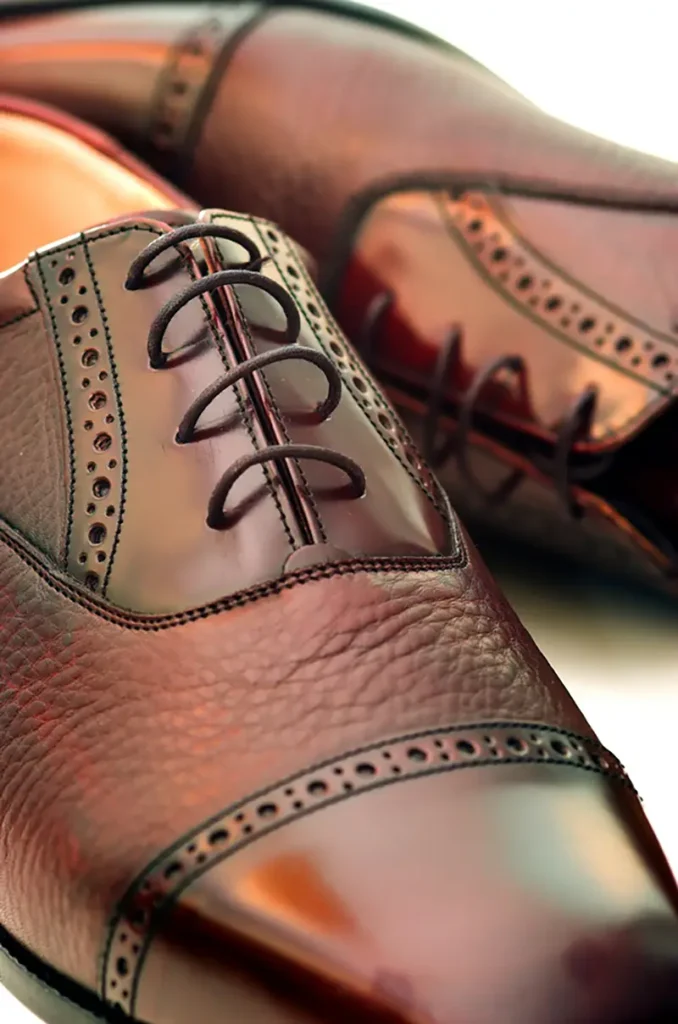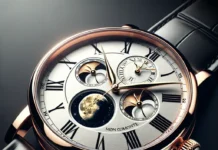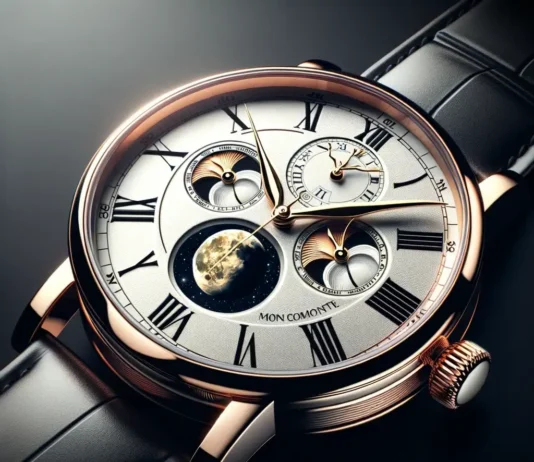
Shoes have been an integral part of human history, serving not only as protection and functionality but also as significant fashion statements. From the earliest records of civilisation, footwear has evolved to meet the changing needs and aesthetics of society. This article explores the history of shoemaking, highlighting key developments and innovations that have shaped footwear over the centuries.
Early Shoemaking Techniques
The origins of footwear date back to between 1,000 and 700 B.C., where the first shoes, primarily sandals, were crafted to protect early humans from harsh environments. These primitive shoes were made from natural materials such as bark, leaves, and rawhide. Early shoemakers developed two main categories of footwear:
Sandals and Moccasins
- Sandals: Predominantly used in warmer climates, sandals featured simple soles strapped to the feet, offering ventilation and protection from rough terrains.
- Moccasins: Favoured in colder regions, moccasins provided greater coverage and warmth. Crafted from tanned animal hides, they featured punched holes around the edges through which vines were woven, securing the shoe and enhancing durability.
Timeline of shoes through the centuries
The design and functionality of shoes have undergone significant transformations over the centuries, reflecting societal changes and technological advancements.
Medieval Shoe Styles
During the Medieval period, footwear became a status symbol. Men's shoes featured elongated, pointed toes, indicating wealth and prestige. In contrast, women wore ankle-length shoes with side laces, emphasizing elegance and practicality. As the Middle Ages progressed, both men’s and women’s shoes transitioned to round and square toe shapes with wider soles, balancing style with comfort.
The Rise of Heels in the Renaissance
By the late 1500s, the introduction of higher heels marked a pivotal moment in shoemaking. Women's shoes began to feature elevated heels, enhancing stature and grace. Men’s footwear also incorporated functional heels, providing better support and stability. The 17th century saw the emergence of Oxford boots, first popularised by students at Oxford University, blending academic tradition with fashionable design.
Industrial Revolution and Automation in Shoemaking
The Industrial Revolution brought unprecedented changes to shoemaking, shifting the craft from manual labor to mechanised production.
Mechanisation and Mass Production
Advancements in technology introduced automated machinery, revolutionising the shoemaking process. Rolling machines expedited the production of durable soles, while the invention of the sewing machine in 1830 replaced hand stitching with efficient, automated sewing techniques. This shift not only increased production speed but also led to the rise of industrialised shoe manufacturers, diminishing the traditional cobbler’s role.
Innovations in Design and Functionality
Automation enabled the creation of more complex and diverse shoe designs. Buckles replaced ribbon ties, and mass production techniques made fashionable footwear more accessible to the general population. The ability to produce shoes quickly and consistently catered to the growing demands of an expanding global market.
Global Influences on Footwear
Shoemaking has been shaped by diverse cultural influences, each contributing unique styles and functionalities.
Dutch and English Contributions
Dutch Boots: The Dutch introduced bulky leg boots that reached the knee, combining protection with style.
English Gored Shoes: Known for their elastic panels, English “gored” shoes allowed for easier wearing and removal, enhancing practicality.
Russian Innovations
Russia contributed significantly to footwear design with the development of women’s walking boots that laced from mid-foot to shin, offering both support and flexibility. Additionally, the Alpine boot, designed for mountaineers, featured bent nails on the sole’s underside for improved traction on rugged terrains.
Modern Innovations in Shoemaking
The 21st century has witnessed remarkable advancements in shoemaking, driven by technology and a focus on sustainability.
Sustainable Materials and Eco-Friendly Practices
Modern shoemakers are increasingly adopting sustainable materials such as recycled plastics, organic cotton, and vegan leathers. Eco-friendly manufacturing processes aim to reduce environmental impact, aligning with global sustainability goals.
Technological Advancements: 3D Printing and Smart Shoes
- 3D Printing: This technology has revolutionized custom footwear production, allowing for precise, individualized designs and reducing material waste.
- Smart Shoes: Integration of electronics has led to the creation of smart shoes equipped with features like fitness tracking, temperature regulation, and even connectivity with smartphones for enhanced functionality.
Fashion Trends in Contemporary Footwear
Today's footwear trends reflect a blend of functionality and style:
- Athletic Shoes: Engineered with advanced technologies to improve performance, such as enhanced cushioning and lightweight materials.
- Formal Footwear: Incorporates unique embellishments like diamond accents and innovative materials like eel-skin.
- Children’s Shoes: Designed with playful elements such as lights and sounds to appeal to young users.
The Future of Shoes
Looking ahead, the future of shoemaking promises further innovation and creativity. Emerging trends include:
- Biodegradable Shoes: Development of footwear that decomposes naturally, minimising environmental impact.
- Augmented Reality (AR) in Design: Utilising AR to visualize and customize shoe designs in real-time.
- Advanced Smart Features: Enhancements in smart shoe technology, including health monitoring and adaptive fit systems.
Final Thoughts
Shoemaking has progressed from basic sandals to advanced smart footwear, reflecting human ingenuity and responsiveness to changing needs. Technological advancements and a commitment to sustainability are shaping the footwear industry with innovative solutions. Today’s shoes not only provide protection and functionality but also serve as a means of personal expression. Footwear continues to meet both practical requirements and evolving fashion trends, maintaining its essential role in daily life.








